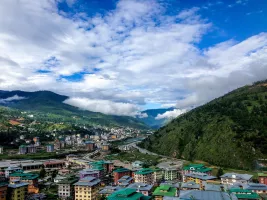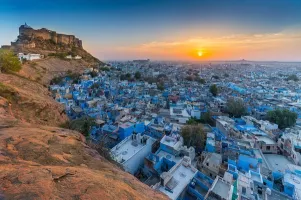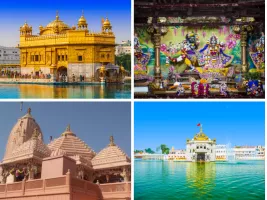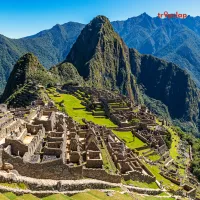Important Buddhist trails in India
It’s no secret that India is home to an abundance of spiritual and religious sites. Among these, the Buddhist trail is especially popular with t - Tripclap
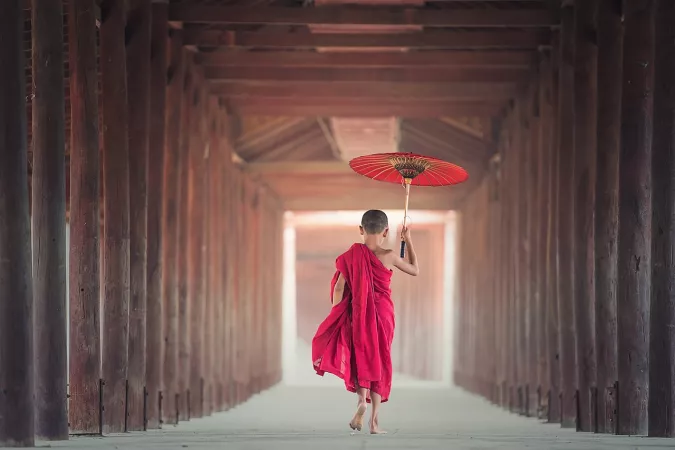
It’s no secret that India is home to an abundance of spiritual and religious sites. Among these, the Buddhist trail is especially popular with tourists and pilgrims alike. This route winds its way through various states in India, and takes visitors past some of the most important Buddhist sites in the country. Travel to the buddhist trail or circuits is truly an out of the world experience. Some calls exploring the Buddhist trail is a unique and enriching experience to hold forever.
The route passes through a variety of landscapes, from the snow-capped Himalayas in the north to the tropical forests of the south. Along the way, visitors can see ancient monasteries, temples, and other sites that are associated with the Buddhist faith.
India is known for its spiritualism and a large number of people practice various religions including Hinduism, Sikhism, Islam, Christianity, and Jainism. However, one of the the most popular religion in India is Buddhism. The majority of Buddhists in India reside in the states of Arunachal Pradesh, Sikkim, and Ladakh.
Buddhism is believed to have originated in India in the 6th century BC. Siddhartha Gautama, who later became the Buddha, was born in what is now the country of Nepal. After he attained enlightenment, the Buddha traveled throughout India, preaching his teachings. Buddhism soon spread to other parts of the world.
Today, there are many Buddhist pilgrimage sites in India. The most popular is the Buddhist trail of India, which stretches for about 1,000 kilometers (620 miles) from Bodh Gaya in Bihar to Sarnath in Uttar Pradesh. This trail passes through some of the most important Buddhist sites in India, including Varanasi, Gaya, and Rajgir. The city of Nalanda was an important Buddhist center in the 5th and 6th centuries. The ruins of the Nalanda Mahavihara are a UNESCO World Heritage Site. The Mahavihara was the largest and most influential Buddhist university in the world at the time.
Some must visit Buddhist pilgrimage sites are:
Table of Content
Per Person
15,640
*EXCLUDING APPLICABLE TAXES Per Person
18,960
*EXCLUDING APPLICABLE TAXES Per Person
11,650
*EXCLUDING APPLICABLE TAXES 5.0 Ratings
( 27 Reviews )
( 27 Reviews )
Total
32,500
*EXCLUDING APPLICABLE TAXES 4.8 Ratings
( 64 Reviews )
( 64 Reviews )
Per Person
14,500
*EXCLUDING APPLICABLE TAXES Per Person
7,000
*EXCLUDING APPLICABLE TAXES 5.0 Ratings
( 44 Reviews )
( 44 Reviews )
Per Person
18,960
*EXCLUDING APPLICABLE TAXES Per Person
19,000
*EXCLUDING APPLICABLE TAXES 5.0 Ratings
( 27 Reviews )
( 27 Reviews )
Per Person
13,122
*EXCLUDING APPLICABLE TAXES 5.0 Ratings
( 27 Reviews )
( 27 Reviews )
Per Person
22,500
*EXCLUDING APPLICABLE TAXES 5.0 Ratings
( 32 Reviews )
( 32 Reviews )
1. Bodh Gaya
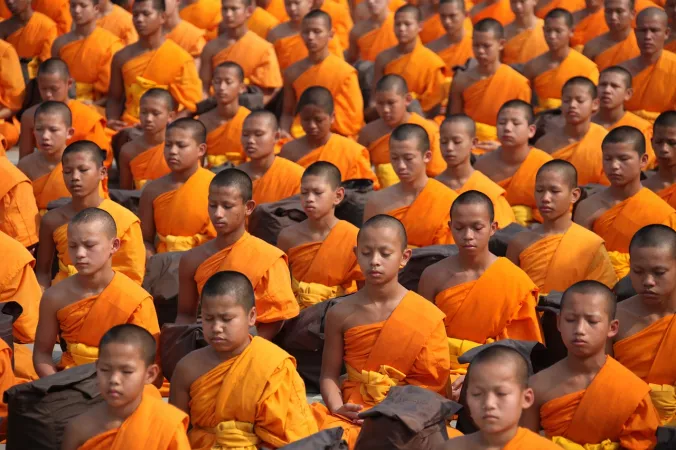 View Gallery - 8
View Gallery - 8 Bodh Gaya, the place where the Buddha attained enlightenment, is one of the holiest sites in Buddhism. It is located in the Indian state of Bihar, about 96 kilometers from the city of Patna.
The Mahabodhi Temple, which stands at the center of the complex, is a UNESCO World Heritage Site. The temple was originally built in the 7th century, but has been rebuilt and restored many times over the centuries.
The temple is dedicated to the Bodhi Tree, under which the Buddha is said to have attained enlightenment. The tree is now a small sapling, but a large Bodhi Tree is grown nearby.
Bodh Gaya is also home to the Maha Bodhi Society, which was founded in 1891 by Anagarika Dharmapala. The society is dedicated to the promotion of Buddhism and the preservation of the Mahabodhi Temple.
Every year, thousands of pilgrims from all over the world visit Bodh Gaya to pay their respects to the Buddha.
Places to visit in Bodh Gaya
Per Person
15,640
*EXCLUDING APPLICABLE TAXES Per Person
18,960
*EXCLUDING APPLICABLE TAXES Per Person
18,960
*EXCLUDING APPLICABLE TAXES Per Person
10,460
*EXCLUDING APPLICABLE TAXES Per Person
13,470
*EXCLUDING APPLICABLE TAXES Total
32,500
*EXCLUDING APPLICABLE TAXES 4.8 Ratings
( 64 Reviews )
( 64 Reviews )
Per Person
11,650
*EXCLUDING APPLICABLE TAXES 5.0 Ratings
( 27 Reviews )
( 27 Reviews )
Per Person
12,460
*EXCLUDING APPLICABLE TAXES Per Person
14,500
*EXCLUDING APPLICABLE TAXES Per Person
10,800
*EXCLUDING APPLICABLE TAXES 4.9 Ratings
( 200 Reviews )
( 200 Reviews )
2. Rajgir
 View Gallery - 8
View Gallery - 8 Rajgir, also known as Rajgir Mahotsava, is a city and a municipality in Nalanda district in the Indian state of Bihar. It is located in the Choti Patna division. The city of Rajgir was the ancient capital of the Magadha kingdom and is one of the most important Buddhist pilgrimage sites in India. Rajgir is also notable for its hot springs. The city is located about 15 kilometres (9.3 mi) from Nalanda, the ancient centre of learning.
Rajgir is located in a hilly area. It is a tourist destination and pilgrimage site. The city is visited by tourists for its hot springs, Buddhist sites and for its peace and tranquility. The city is also home to the Nalanda University, a world-renowned centre of learning.
The city was the ancient capital of the Magadha kingdom. The city is mentioned in the Mahabharata, the Ramayana and the Buddhist scriptures. The city was the home of the Buddha and the Mahavira. The city is a major Buddhist pilgrimage site and is visited by Buddhists from all over the world. The city is home to a number of Buddhist temples and monasteries.
The Nalanda University is located in the city. The university is a world-renowned centre of learning.
The city is well connected to the rest of India by road and rail. The city is located about 15 kilometres (9.3 mi) from Nalanda, the ancient centre of learning. The city is also well connected to the nearby city of Patna by road and rail.
Places to visit in Rajgir
Per Person
13,122
*EXCLUDING APPLICABLE TAXES 5.0 Ratings
( 27 Reviews )
( 27 Reviews )
Per Person
101
*EXCLUDING APPLICABLE TAXES Per Person
12,800
*EXCLUDING APPLICABLE TAXES 5.0 Ratings
( 27 Reviews )
( 27 Reviews )
Per Person
21,190
*EXCLUDING APPLICABLE TAXES 5.0 Ratings
( 27 Reviews )
( 27 Reviews )
3. Sarnath
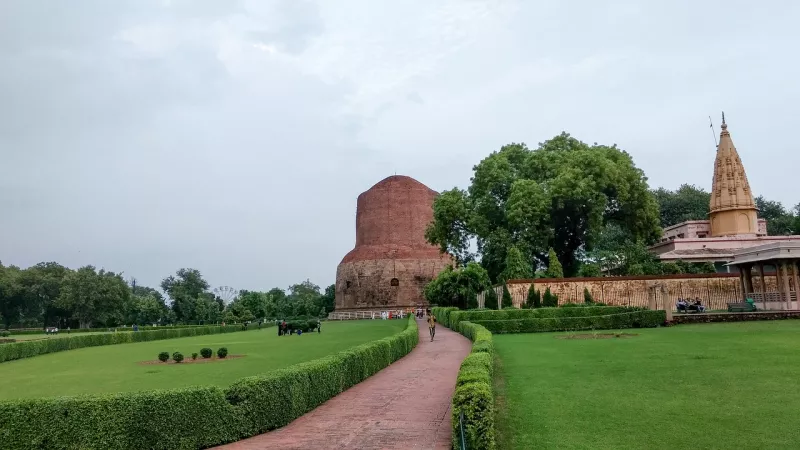 View Gallery - 8
View Gallery - 8 Sarnath is a small town located in the Indian state of Uttar Pradesh, 13 kilometers north-east of Varanasi. It is the site of the deer park where Gautama Buddha is said to have given his first sermon after his enlightenment.
The town is said to have been founded in the 6th century BC by the king of Kosala, Sravasti. It was the capital of the Vajjian confederacy of small republics and a center of learning and culture. The city was destroyed by the marauding armies of Alexander the Great in 326 BC.
The deer park where Gautama Buddha is said to have given his first sermon is one of the four places where the Buddha is said to have appeared after his enlightenment.
The first sermon, "Setting in Motion the Wheel of the Dharma", is said to have been given at Sarnath.The Dhamek Stupa, a large Buddhist stupa, was built by the emperor Ashoka in 249 BC. The stupa marks the spot where the Buddha is said to have preached his first sermon. The Dhamek Stupa is one of the most important and best preserved Buddhist monuments in India.
The Sarnath Museum, established in 1915, houses a collection of Buddhist sculptures and artworks from the 3rd century BC to the 12th century AD.
Sarnath is a popular pilgrimage site for Buddhists. The town is also visited by tourists for its archaeological and religious significance.
Places to visit in Varanasi
Per Person
11,500
*EXCLUDING APPLICABLE TAXES 5.0 Ratings
( 21 Reviews )
( 21 Reviews )
Total
38,900
*EXCLUDING APPLICABLE TAXES Per Person
14,999
*EXCLUDING APPLICABLE TAXES 4.1 Ratings
( 56 Reviews )
( 56 Reviews )
Per Person
26,725
*EXCLUDING APPLICABLE TAXES Per Person
5,660
*EXCLUDING APPLICABLE TAXES Per Person
13,450
*EXCLUDING APPLICABLE TAXES Per Person
15,690
*EXCLUDING APPLICABLE TAXES Per Person
29,500
*EXCLUDING APPLICABLE TAXES 5.0 Ratings
( 44 Reviews )
( 44 Reviews )
Per Person
30,000
*EXCLUDING APPLICABLE TAXES 5.0 Ratings
( 44 Reviews )
( 44 Reviews )
Per Person
14,690
*EXCLUDING APPLICABLE TAXES 4. McLeod Ganj
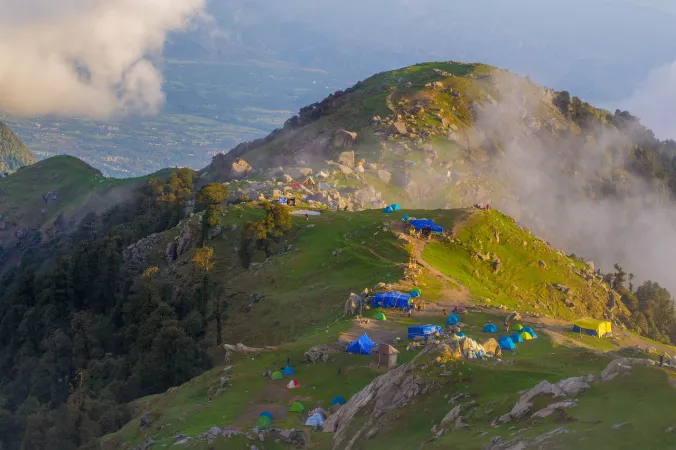 View Gallery - 8
View Gallery - 8 McLeod Ganj is a suburb in the Kangra Valley in Himachal Pradesh, India. It is located in the Dharamsala tehsil, and is home to the Dalai Lama, the spiritual leader of the Tibetan people.
The Dalai Lama is the most famous and prominent representative of Buddhism. He is the spiritual leader of the Tibetan people, and his residence in McLeod Ganj has made it a popular tourist destination for people who want to learn about Buddhism and meet the Dalai Lama.
The town is also home to a number of other Buddhist monasteries and temples, and there are a number of Buddhist teachings and meditation courses available for visitors.
5. Gangtok
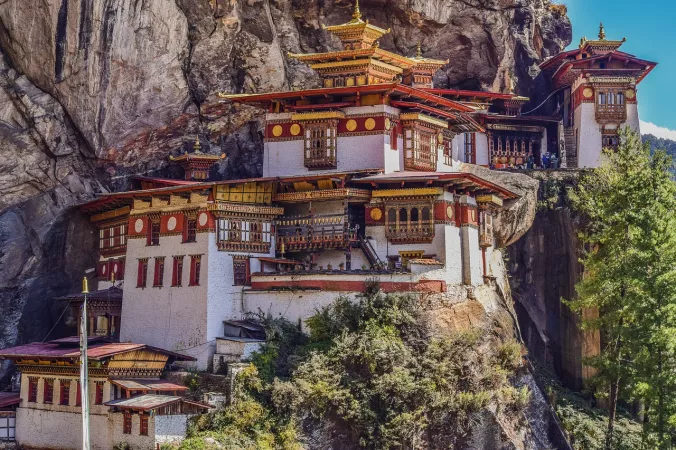 View Gallery - 8
View Gallery - 8 Gangtok is the capital of the northeastern Indian state of Sikkim. The town is located on a ridge overlooking the Teesta River Valley. It is a popular tourist destination and a gateway to the Himalayas. Gangtok is also a center of Tibetan Buddhism and is home to several important Buddhist monasteries.
The first Buddhist monastery in Sikkim, the Tsuklakhang, was built here in the 17th century. Since then, Gangtok has become an important center of Buddhist learning and culture. The most famous Buddhist monastery in Gangtok is the Rumtek Monastery, which is the seat of the Karmapa, the head of the Kagyu school of Tibetan Buddhism.
Other important monasteries in Gangtok include the Enchey Monastery, the Do-Drul Chorten Monastery, and the Namgyal Monastery. The Gangtok area is also home to several nunneries, including the prestigious Sakya Thubten Choling Nunnery.
The culture of Tibetan Buddhism is an important part of the identity of the people of Sikkim. Many of the traditional dances and festivals of Sikkim are based on the dances and festivals of Tibet. The architecture of the monasteries and nunneries in Gangtok is also based on the architecture of Tibetan monasteries.
The presence of Tibetan Buddhism has also helped to make Gangtok a popular destination for Buddhist pilgrims from all over the world. The town is home to several Buddhist temples and stupas, which are visited by pilgrims from countries like Nepal, Bhutan, India, and China.
The people of Sikkim are proud of their Buddhist heritage and the town of Gangtok is the perfect place to experience it.
Places to visit in Gangtok
Per Person
16,000
*EXCLUDING APPLICABLE TAXES 5.0 Ratings
( 4 Reviews )
( 4 Reviews )
Per Person
22,650
*EXCLUDING APPLICABLE TAXES 4.9 Ratings
( 185 Reviews )
( 185 Reviews )
Per Person
24,000
*EXCLUDING APPLICABLE TAXES 3.7 Ratings
( 5 Reviews )
( 5 Reviews )
Per Person
17,999
*EXCLUDING APPLICABLE TAXES 4.3 Ratings
( 218 Reviews )
( 218 Reviews )
Per Person
32,500
*EXCLUDING APPLICABLE TAXES 4.3 Ratings
( 389 Reviews )
( 389 Reviews )
Per Person
14,000
*EXCLUDING APPLICABLE TAXES 4.8 Ratings
( 36 Reviews )
( 36 Reviews )
Per Person
13,297
*EXCLUDING APPLICABLE TAXES Per Person
32,999
*EXCLUDING APPLICABLE TAXES 5.0 Ratings
( 157 Reviews )
( 157 Reviews )
Per Person
28,000
*EXCLUDING APPLICABLE TAXES 3.7 Ratings
( 5 Reviews )
( 5 Reviews )
Per Person
14,500
*EXCLUDING APPLICABLE TAXES 6. Tawang
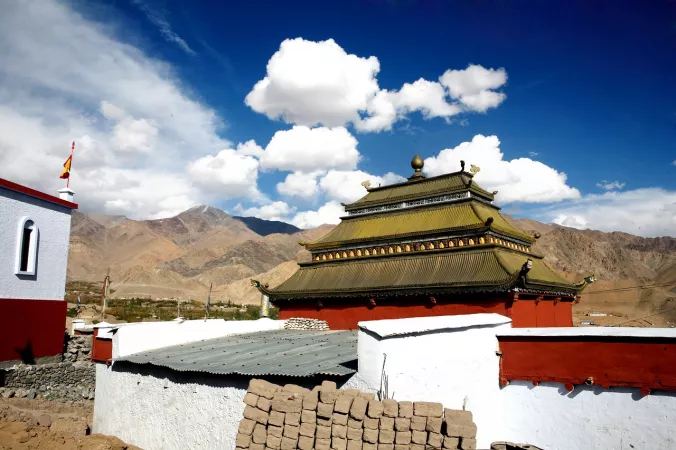 View Gallery - 8
View Gallery - 8 Tawang is located in the northwestern part of Arunachal Pradesh, a state in Northeast India, and is often called “the land of the rising sun.” The area is known for its natural beauty, including snow-capped mountains and rushing rivers. Tawang is also home to the Tawang Monastery, the largest and oldest Buddhist monastery in India.
The Tawang Monastery was founded in 1680 by the fifth Dalai Lama, and the current monastery was built in the early 1800s. The monastery is an important place of pilgrimage for Buddhists, and is said to house the remains of the sixth Dalai Lama. The monastery features a large golden stupa, or shrine, and is home to more than 500 monks.
The Tawang Monastery is a center of learning, and the monks are experts in the teachings of the Buddha. The monastery hosts an annual three-month long winter course, during which time monks from all over the world come to learn about Buddhism.
Places to visit in Tawang
Arunachal Pradesh, Tawang Tour Packages
Per Person
15,000
*EXCLUDING APPLICABLE TAXES 5.0 Ratings
( 157 Reviews )
( 157 Reviews )
Per Person
18,000
*EXCLUDING APPLICABLE TAXES 5.0 Ratings
( 157 Reviews )
( 157 Reviews )
Per Person
18,790
*EXCLUDING APPLICABLE TAXES Per Person
17,230
*EXCLUDING APPLICABLE TAXES Per Person
20,890
*EXCLUDING APPLICABLE TAXES Per Person
28,500
*EXCLUDING APPLICABLE TAXES 5.0 Ratings
( 157 Reviews )
( 157 Reviews )
Total
45,200
*EXCLUDING APPLICABLE TAXES Per Person
15,000
*EXCLUDING APPLICABLE TAXES 3.7 Ratings
( 5 Reviews )
( 5 Reviews )
Per Person
15,000
*EXCLUDING APPLICABLE TAXES 3.7 Ratings
( 5 Reviews )
( 5 Reviews )
Per Person
24,000
*EXCLUDING APPLICABLE TAXES 3.7 Ratings
( 5 Reviews )
( 5 Reviews )
7. Leh
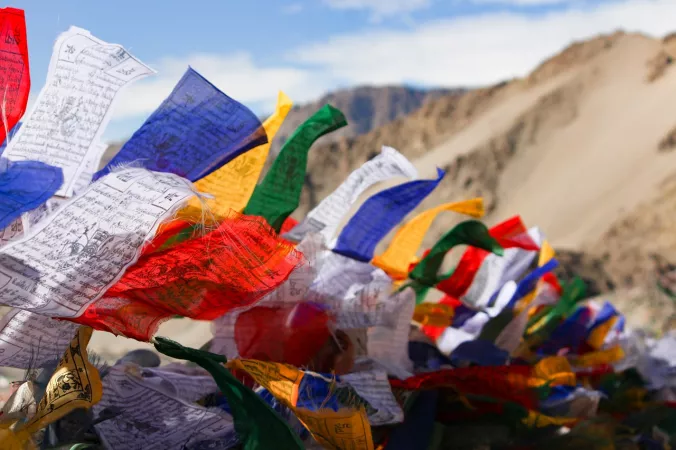 View Gallery - 8
View Gallery - 8 Leh is a small town located in the Leh district of the northern Indian state of Jammu and Kashmir. It is the district headquarters and the largest town in the region. Leh is also the second most populous town in the state after Srinagar.
The region is home to a large number of Buddhists, who follow the Mahayana and Vajrayana schools of Buddhism. The town is an important centre of Buddhist culture, and is home to a large number of monasteries and temples. The most important monastery in the town is the Leh Palace, which was built in the 17th century by the Ladakhi king Singge Namgyal. The palace is now a museum, and is home to a large collection of Buddhist paintings and artefacts.
Other important monasteries in the town include the Thiksey Monastery, the Spituk Monastery, and the Lamayuru Monastery. The town is also home to a number of Hindu temples, including the Sankaracharya Temple and the Bönpo Gompa.
Leh is a popular tourist destination, and is the base for visiting the nearby Zanskar and Ladakh mountain ranges.
Per Person
25,500
*EXCLUDING APPLICABLE TAXES 5.0 Ratings
( 118 Reviews )
( 118 Reviews )
Per Person
20,900
*EXCLUDING APPLICABLE TAXES 4.9 Ratings
( 185 Reviews )
( 185 Reviews )
Per Person
22,300
*EXCLUDING APPLICABLE TAXES 4.9 Ratings
( 185 Reviews )
( 185 Reviews )
Total
29,999
*EXCLUDING APPLICABLE TAXES 3.7 Ratings
( 5 Reviews )
( 5 Reviews )
Per Person
31,150
*EXCLUDING APPLICABLE TAXES 3.7 Ratings
( 5 Reviews )
( 5 Reviews )
Per Person
21,500
*EXCLUDING APPLICABLE TAXES 4.9 Ratings
( 185 Reviews )
( 185 Reviews )
Per Person
17,000
*EXCLUDING APPLICABLE TAXES 3.7 Ratings
( 5 Reviews )
( 5 Reviews )
Per Person
29,500
*EXCLUDING APPLICABLE TAXES 4.3 Ratings
( 389 Reviews )
( 389 Reviews )
Per Person
21,400
*EXCLUDING APPLICABLE TAXES 4.9 Ratings
( 185 Reviews )
( 185 Reviews )
Per Person
18,000
*EXCLUDING APPLICABLE TAXES 3.7 Ratings
( 5 Reviews )
( 5 Reviews )

Editor Content - Tripclap
A travelpreneur to guide and help travel enthusiasts to explore the world.
Explore best popularTour Packages
Tripclap connects you with top travel agents
Compare Custom Quotes and get the best package deal
1
Trusted Network Of 8000+ Agents.
2
Book everything together, including stay & transport.
3
Compare agent profiles & verified reviews.
How It Works
Compare Custom Quotes from Top Travel Agents.

Tell us about your trip

Get Custom quotes from top agents.

Choose the package you like
Latest Destinations : -
• Durgapur • Jaisalmer • Dubrovnik • Danta • Brussels • Gurgaon • Aritar • Yercaud • Belgaum • Dibru Saikhowa National Park • Tay Ninh • Nuh • Pathankot • Trang • Marigaon • Peermede • Srisailam • Chiang Mai • Hvar Island • Haridwar • Lilabari • Gandikota • Achampet • Chamba • Pattaya • Guangzhou • Agartala • Nagarjunakonda • Pelling • Pleiku • Kanatal • Hulhumale • Bordeaux • Chikmagalur • Athirappally • Izmir • Baku • Dehradun • Tirthan Valley • Phuket • Jammu • Malshej • Ari Atoll • Nameri National Park • Busan • Ubon Ratchathani • Madikeri • Lampang • Patal Bhuvaneshwar • Seoul
• Durgapur • Jaisalmer • Dubrovnik • Danta • Brussels • Gurgaon • Aritar • Yercaud • Belgaum • Dibru Saikhowa National Park • Tay Ninh • Nuh • Pathankot • Trang • Marigaon • Peermede • Srisailam • Chiang Mai • Hvar Island • Haridwar • Lilabari • Gandikota • Achampet • Chamba • Pattaya • Guangzhou • Agartala • Nagarjunakonda • Pelling • Pleiku • Kanatal • Hulhumale • Bordeaux • Chikmagalur • Athirappally • Izmir • Baku • Dehradun • Tirthan Valley • Phuket • Jammu • Malshej • Ari Atoll • Nameri National Park • Busan • Ubon Ratchathani • Madikeri • Lampang • Patal Bhuvaneshwar • Seoul
Best Selling Domestic Tour Packages : -
Kashmir Tour Packages Andaman Tour Packages Kerala Tour Packages Shimla Tour Packages Manali Tour Packages Sikkim Tour Packages Uttarakhand Tour Packages Rajasthan Tour Packages Chardham Tour Packages Gujarat Tour Packages Rameswaram Tour Packages Gangtok Tour Packages Goa Tour Packages Jaipur Tour Packages Ooty Tour Packages Jim Corbett Tour Packages Mussoorie Tour Packages Kanyakumari Tour Packages Meghalaya Tour Packages Ladakh Tour Packages
Kashmir Tour Packages Andaman Tour Packages Kerala Tour Packages Shimla Tour Packages Manali Tour Packages Sikkim Tour Packages Uttarakhand Tour Packages Rajasthan Tour Packages Chardham Tour Packages Gujarat Tour Packages Rameswaram Tour Packages Gangtok Tour Packages Goa Tour Packages Jaipur Tour Packages Ooty Tour Packages Jim Corbett Tour Packages Mussoorie Tour Packages Kanyakumari Tour Packages Meghalaya Tour Packages Ladakh Tour Packages
Best Selling International Tour Packages : -
Dubai Tour Packages Bali Tour Packages Singapore Tour Packages Thailand Tour Packages Maldives Tour Packages Bhutan Tour Packages Vietnam Tour Packages Mauritius Tour Packages Nepal Tour Packages Europe Tour Packages Sri lanka Tour Packages Turkey Tour Packages Malaysia Tour Packages Azerbaijan Tour Packages
Dubai Tour Packages Bali Tour Packages Singapore Tour Packages Thailand Tour Packages Maldives Tour Packages Bhutan Tour Packages Vietnam Tour Packages Mauritius Tour Packages Nepal Tour Packages Europe Tour Packages Sri lanka Tour Packages Turkey Tour Packages Malaysia Tour Packages Azerbaijan Tour Packages
Certified
We accept (more)
Members of
Media Recognition
Trusted Partners
Award
Copyrights © TripClap. All Rights Reserved




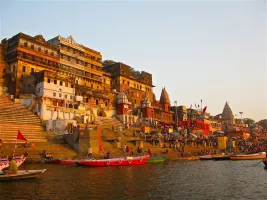
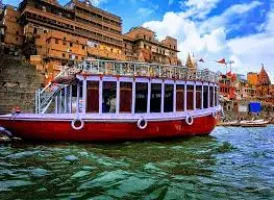



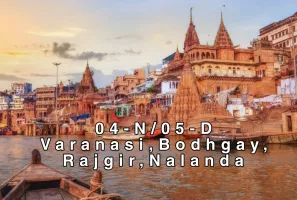
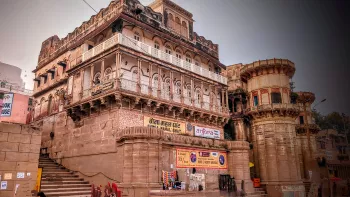
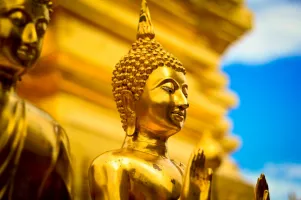

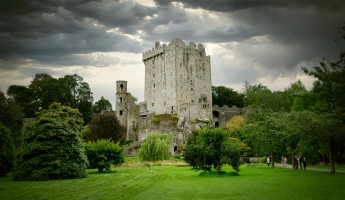

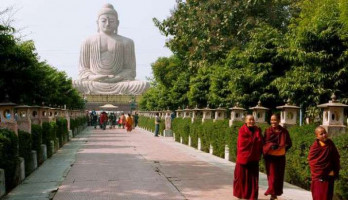
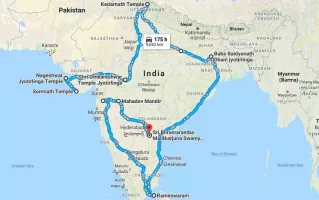
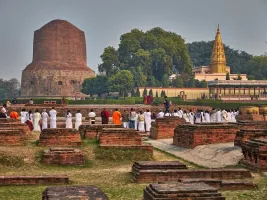
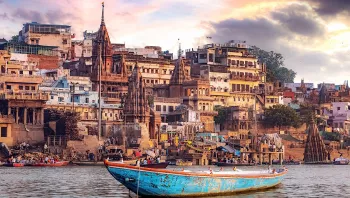
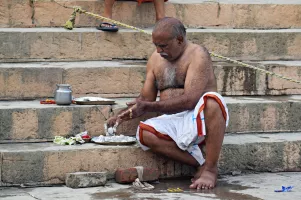

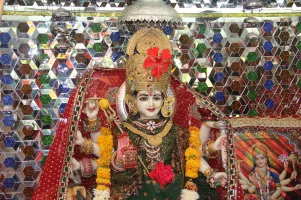
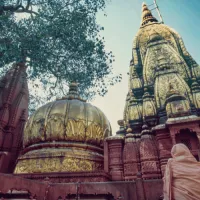
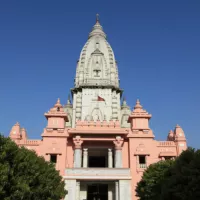
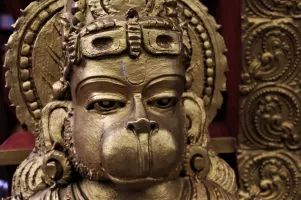

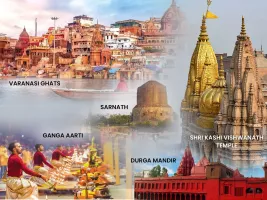
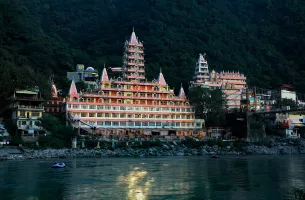

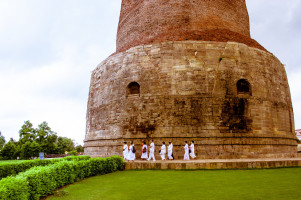
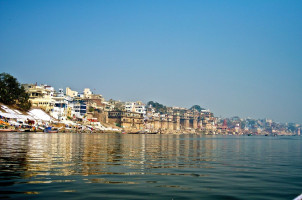



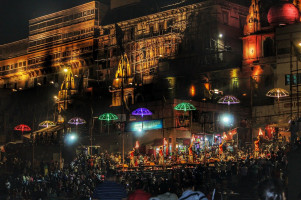

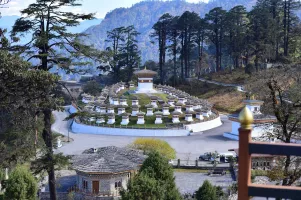
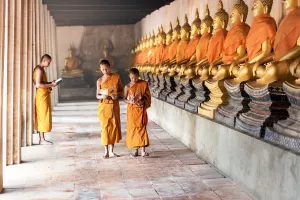




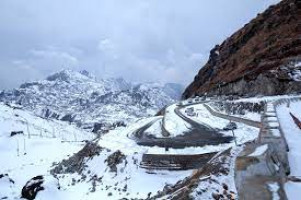


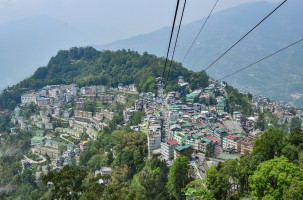


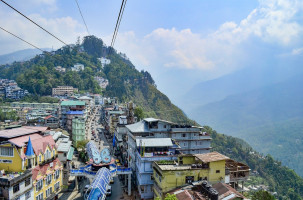
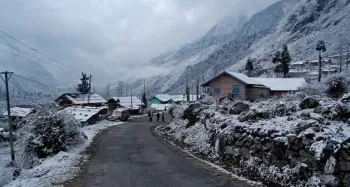
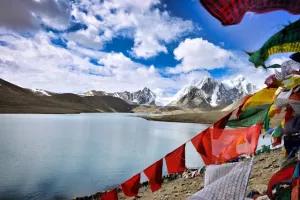

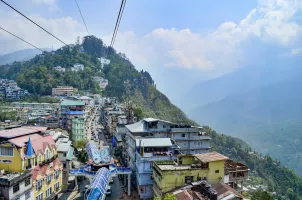

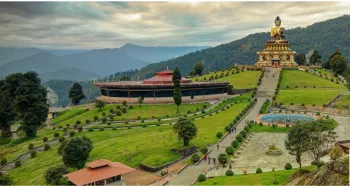









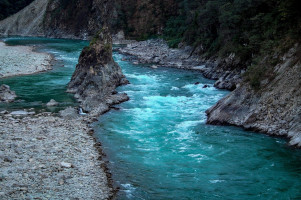

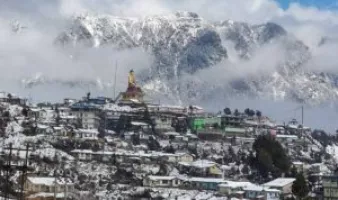



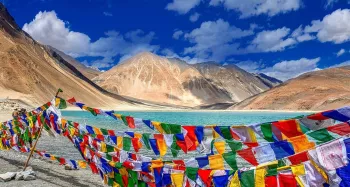




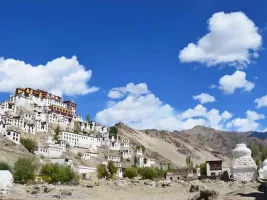


 May
May June
June July
July August
August September
September October
October November
November December
December January
January February
February March
March April
April
